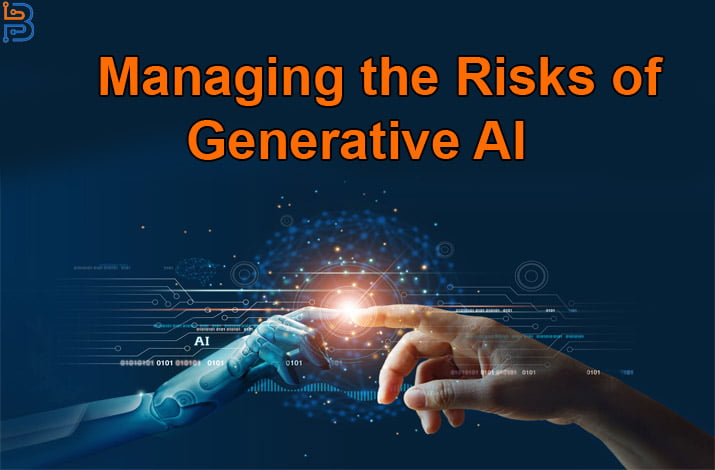3 hours ago
How To Play Pokémon Games On Your iPhone
There has always been enjoyment in playing arcade games on mobile devices. Among these games, Pokémon is incredibly well-known to…
5 hours ago
9 Email Marketing Trends That Businesses Should Consider
Email marketing has been the top priority of marketers to publicize the products and reach the audience for more leads…
6 hours ago
How to Scan QR Code on iPhone – Easy Steps
Everyone desires to establish a rapid connection with the outside world. QR codes were created in part for this purpose.…
1 day ago
From Traditional to Digital – The Move to New Ways of Marketing
When you run a business of any kind, you want your brand and your company to be as visible as…
1 day ago
What is CRM Software? A Detailed Guide
Building quality relationships with customers is one of the most important things for businesses. Small businesses don’t have a problem…


































